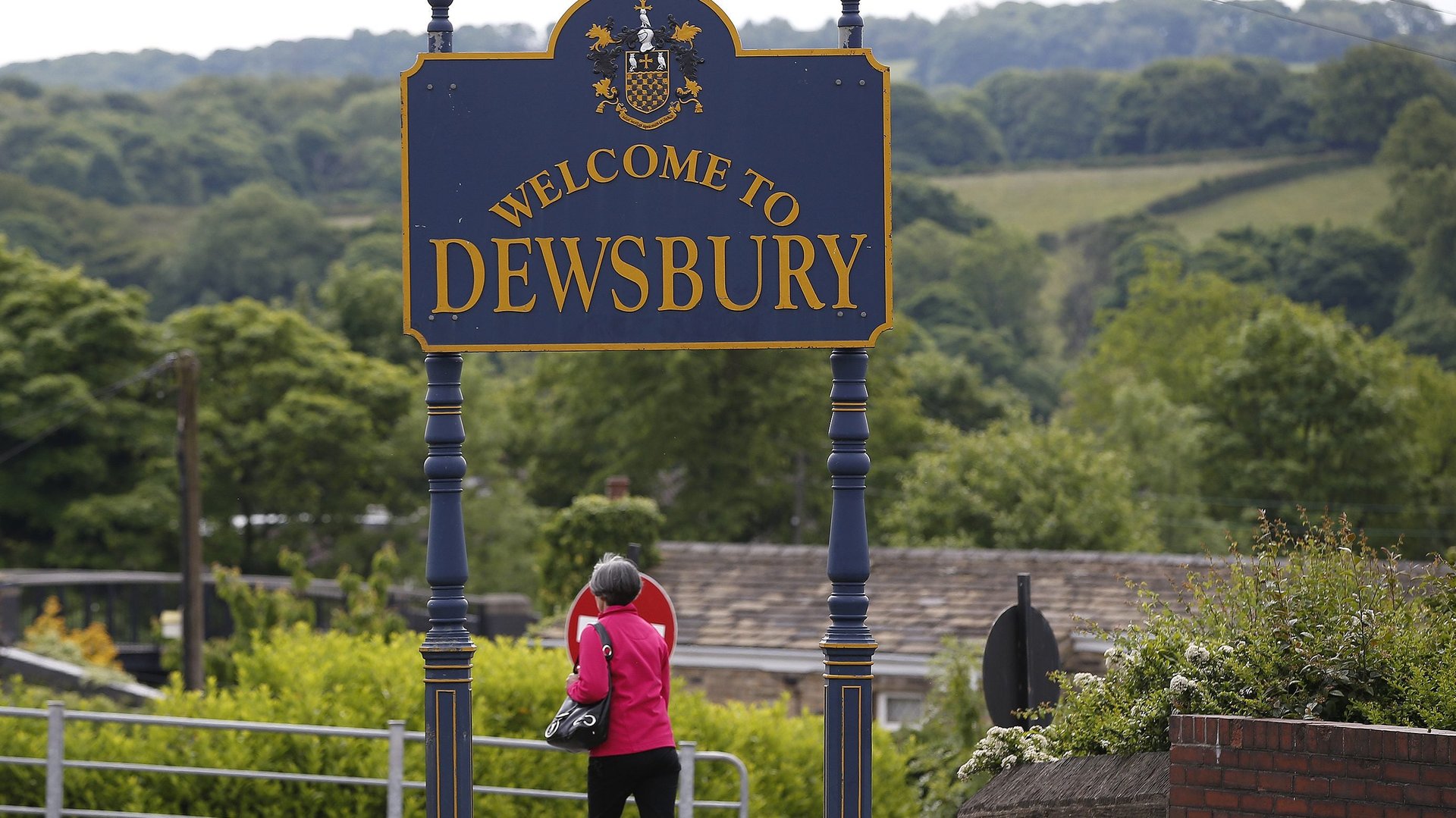One region has become a key battleground in the UK’s general election
West Yorkshire was very quickly identified as a key battleground for votes in the 2019 election. The Conservatives, Labour, and Liberal Democrats are all optimistic of overcoming slim majorities to capture target seats in the county and will be fighting hard for them.


West Yorkshire was very quickly identified as a key battleground for votes in the 2019 election. The Conservatives, Labour, and Liberal Democrats are all optimistic of overcoming slim majorities to capture target seats in the county and will be fighting hard for them.
The Conservative Party is particularly focusing on areas that supported Leave in the 2016 EU referendum, putting its Brexit policy front and center. It also seems that the party is increasingly likely to appeal to socially conservative voters in these types of places. The Brexit Party will also be standing in these seats and may hamper the Conservatives by splitting the Leave vote—but polls have been showing a significant squeeze in support for the Brexit Party, so its impact may not be as significant as anticipated.
My research focuses on the politics of the north of England, where I live and work. Based on recent polling, the Conservatives will be optimistic of regaining the two West Yorkshire seats lost in 2017. In Keighley they need to overturn a majority of just 249, while in Colne Valley Labour’s current majority stands at just 915. Both of these seats have long been marginals, and Keighley in particular (2017 aside) has been a bellwether for the national result for the past three decades.
The Conservatives may also be confident of gaining Wakefield. The seat has been held by Labour since 1987 and the party’s majority here is higher at 2,176, but the Conservatives reduced this by almost 1,500 votes in 2017. It’s a highly Leave-leaning constituency, so they will be confident of further gains this time.
Other Conservative targets include Dewsbury and Halifax. Unlike Wakefield, Labour increased its majorities in both of these seats last time, but if the Conservatives have a good night, majorities of 3,321 and 5,376 respectively could potentially be overturned.
The Conservatives may even fancy their chances in more staunchly Labour seats where there is significant support for Leave, such as Hemsworth and Normanton, Pontefract, and Castleford—although sizeable Labour majorities here may prove insurmountable even if the party performs strongly.
An uphill struggle for Labour
Despite currently being behind in the polls, Labour will be hopeful of taking some seats in West Yorkshire, after narrowing the gap on the Conservatives in some areas. The party performed well in Pudsey and Calder Valley in 2017, reducing Conservative majorities of over 4,000 in both seats to just 331 and 609, respectively.
Another seat potentially within Labour’s reach is Morley and Outwood which currently has a Conservative majority of 2,104. But, unlike Pudsey and Calder Valley, the Conservative majority increased here in 2017 and it is much more Leave-leaning than the other two seats. It will therefore be much more difficult there for Labour.
As things stand, making gains will be a tough task for Labour. The Brexit Party standing down in Conservative-held seats will prevent a significant split in the Leave vote and aid the Conservatives defence.
Additionally, significant support for the Liberal Democrats could hinder Labour. While the polls suggest their support is being squeezed, they still look set to perform better than they did in 2017. They may win over Remain supporters who backed Labour in 2017 but have become increasingly despondent with the party’s position on Brexit.
The Liberal Democrats will not only damage Labour’s chances of gaining seats, they may even cause it to lose some. In ultra-marginal constituencies such as Calder Valley and Colne Valley—places where the party has performed well in the past—a strong showing by the Liberal Democrats could prove decisive.
Meanwhile, although the Liberal Democrats may have a significant impact, there is only one realistic target for them in West Yorkshire—Leeds North West. The party held this seat between 2005 and 2017, but Labour gained it at the last election with a majority of 4,224. Given their history in the seat and that it is in a strongly Remain leaning area, the Liberal Democrats will be optimistic there.
Another factor in ultra-marginal constituencies may be the performance of the Yorkshire Party. This small group is fielding candidates in five of the nine of the battlegrounds highlighted, including Pudsey and Morley and Outwood. It is unclear which party would be most affected by support for the Yorkshire Party, but given that it backs Brexit, albeit on “softer” terms than the Conservatives, it may hold more appeal to potential Conservative voters.
This article is republished from The Conversation under a Creative Commons license. Read the original article.